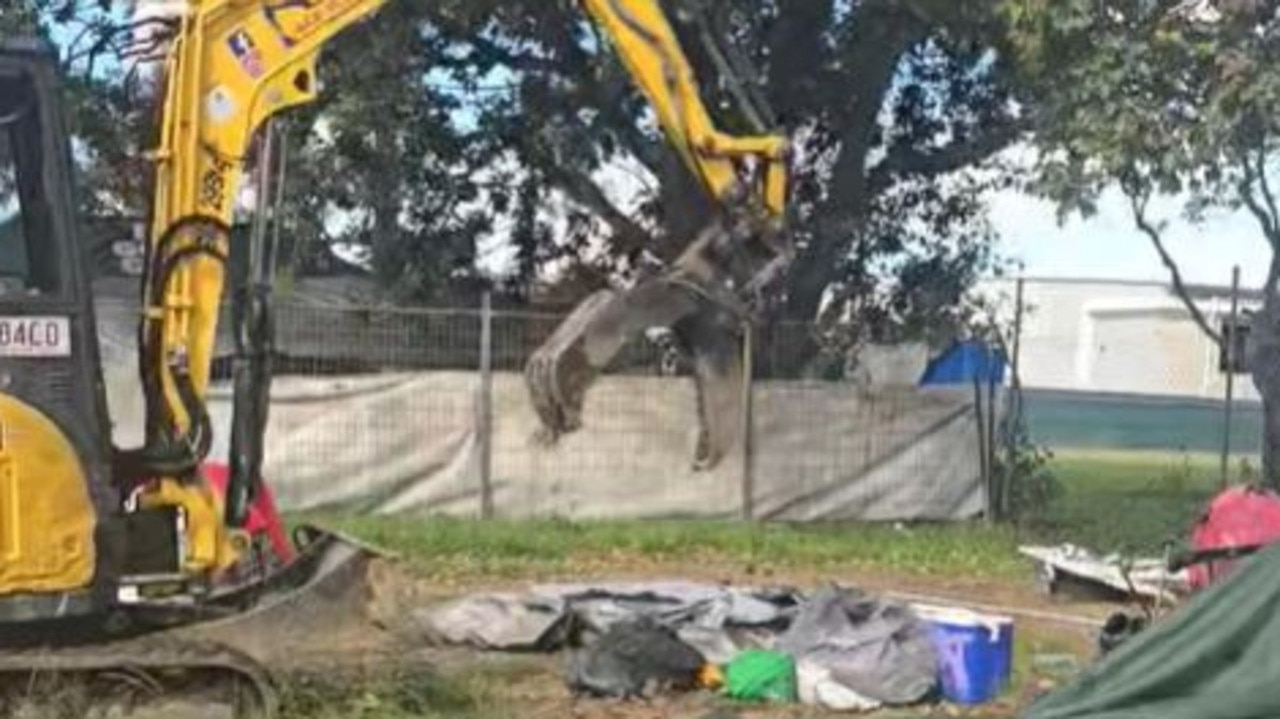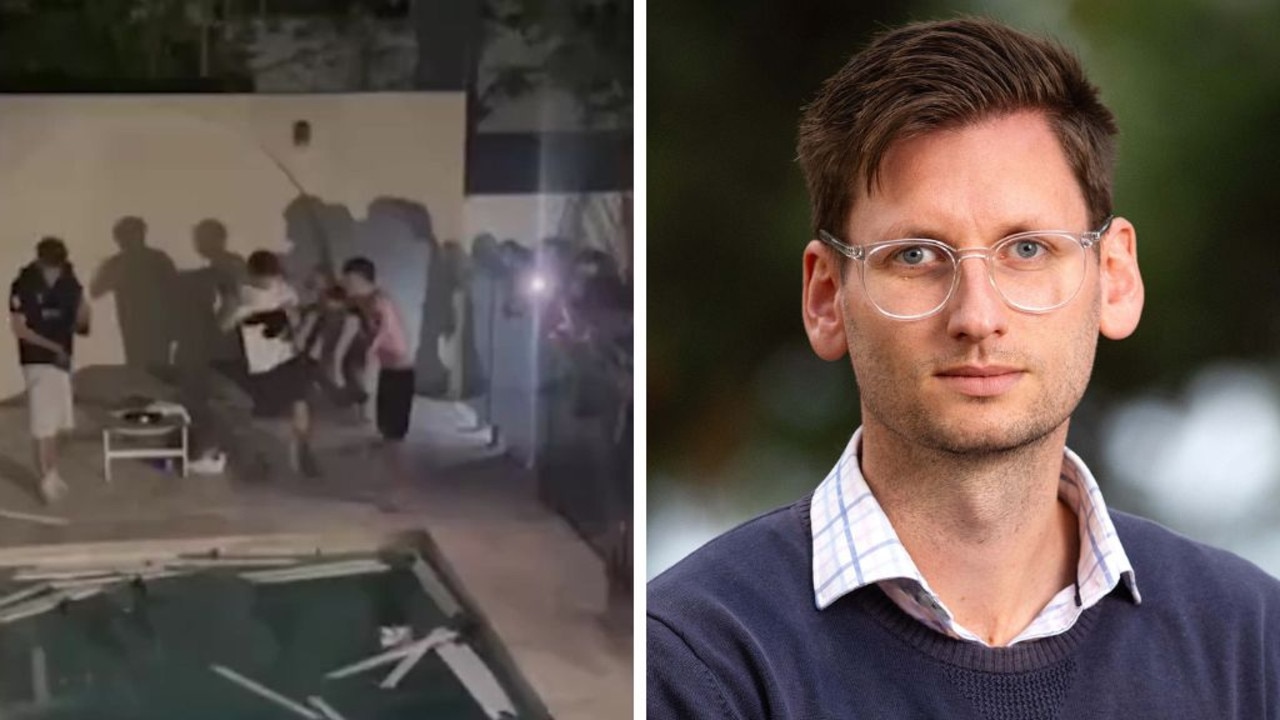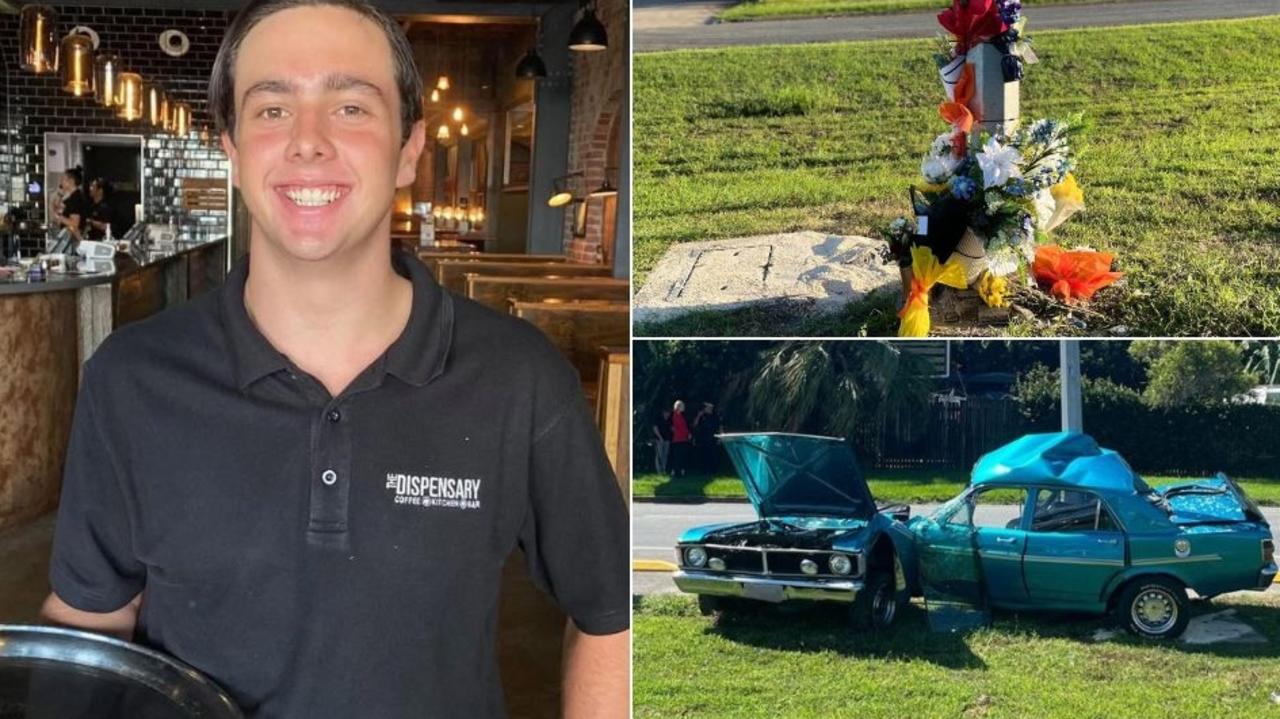Murders, stabbings, fraud and arson: 14 cases that impacted Queensland’s legal fabric
A man’s penis was cut off, a schoolboy murdered and a mother and her daughters disappeared forever. These are some of the chilling cases that have had far-reaching implications for the state’s legal system. CAUTION: VIOLENT CONTENT

QLD News
Don't miss out on the headlines from QLD News. Followed categories will be added to My News.
Queensland has witnessed many criminal cases that have left lasting legal impacts and, on occasion, set significant precedents.
Among these, 14 cases have notably impacted the state’s criminal justice landscape.
These cases involved diverse legal issues, which have had far-reaching implications for the state’s legal system.
Several matters left lasting impacts on the community, including the Whiskey Au Go Go firebombing of 1973 that resulted in 15 fatalities and the murder of Sunshine Coast teen Daniel Morcombe which resulted in the conviction of Brett Peter Cowan.
Other cases including the Jayant Patel medical negligence trial, the triple murder trial of Max Sica for the Singh siblings’ murders and the Vincent O’Dempsey murder trial had broad ramifications.
Collectively, these cases have impacted on the legal landscape in Queensland, contributing to the evolution of legal principles, sentencing guidelines, and the understanding of various defences and standards of evidence.
Although it is difficult to provide an exhaustive list, here are 14 notable and lesser-known criminal cases that have had a significant impact.
Steven Mark John Fennell
Macleay Island junk mail postie Steven Mark John Fennell was fully acquitted and released from jail in September 2019 after the High Court quashed his 2016 conviction for the murder of Macleay Island grandmother Liselotte Watson.

Mr Fennell was sentenced to life imprisonment in 2016. He had pleaded not guilty to the 85-year-old’s murder at her Macleay Island home in Moreton Bay in November 2012.
Five judges were unanimous in their decision to allow his appeal.
The High Court of Australia ordered that “the appellant’s conviction for murder be quashed and a verdict of acquittal entered”.
The case set a precedent by establishing the importance of properly evaluating and handling circumstantial evidence in criminal trials. Mr Fennell was convicted based on circumstantial evidence, but the High Court’s unanimous decision highlighted the need for a higher level of scrutiny when relying solely on circumstantial evidence to secure a conviction.
Michael Stephen Owen-D’Arcy
Michael Owen-D’Arcy, who severed and then kept his flatmate’s penis as a souvenir and bit off the top of a prison warden’s ear, claimed he was Queensland’s loneliest prisoner after being kept in solitary confinement for more than 10 years.
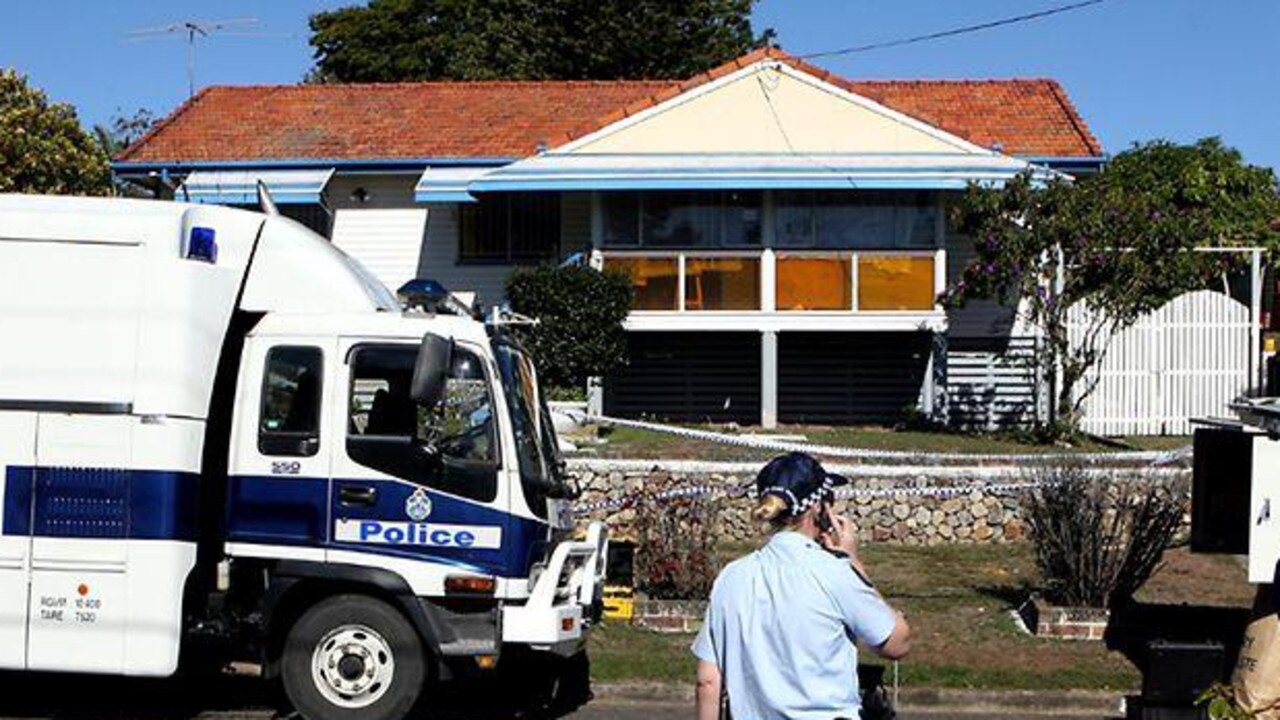
He was convicted and sentenced to life imprisonment in December 2010 after police found the mutilated body of Mater Hospital intensive care nurse David Easton, 37, with more than 40 stab wounds after a ferocious and sustained attack at a house in Inala in July 2007.
Easton’s testicles were found in the kitchen sink and his penis was found wrapped in cling film and placed inside a salt container.
Owen-D’Arcy was sentenced to life with a minimum non-parole period of minimum 15 years after pleading not guilty to murder and not guilty to interfering with a corpse.
He pleaded guilty to the lesser count of manslaughter.
After he was sent to jail, he successfully applied for judicial review of two decisions that kept him in solitary confinement from 2013 to 2021.
The Supreme Court found a maximum security order decision in 2020, for a further six months, was not compatible with human rights law.
The court also found a “no association” decision to keep Owen-D’Arcy in continued solitary confinement, was unlawful, as it also breached a section of the Human Rights Act.
Ricky Wayne McDougall and Shane Garry Collas
Ricky McDougall and Shane Collas both pleaded guilty in March 2006 to the manslaughter of Dean Ronald Tennant, in a road rage attack at Currimundi Marketplace on the Sunshine Coast in 2004.
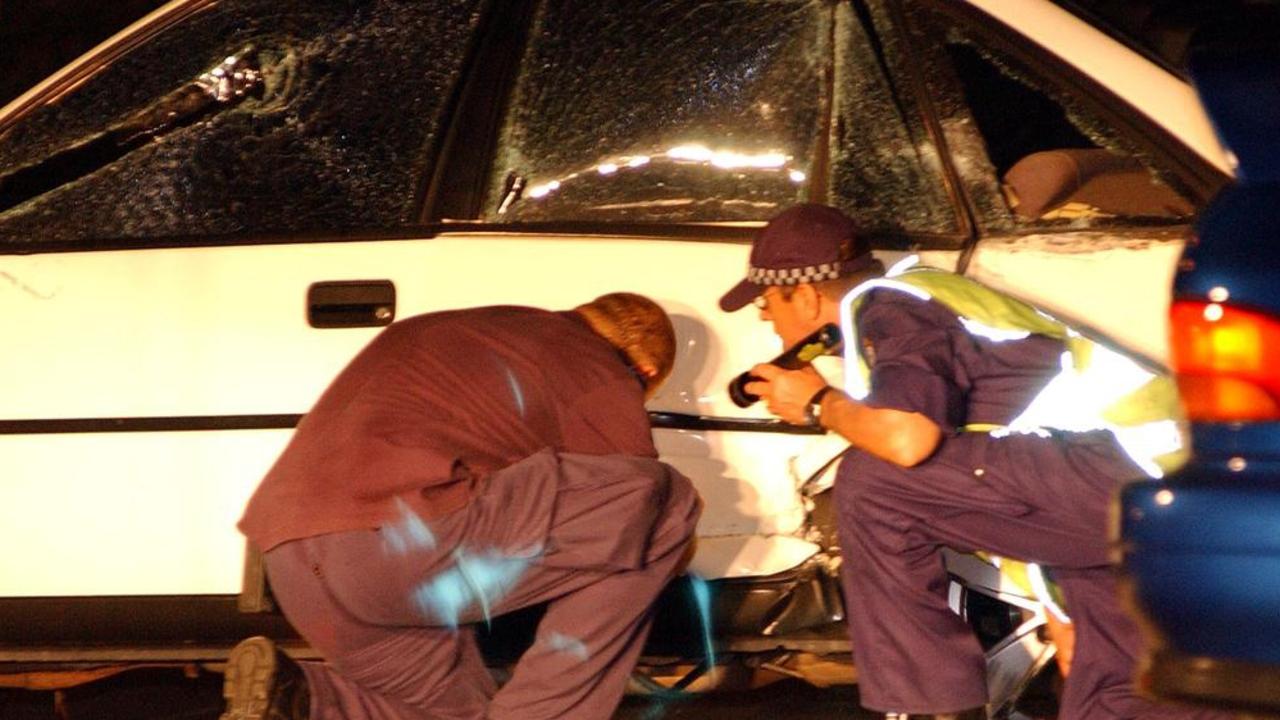
Prosecutors alleged when Mr Tennant got out of his car, Maguire ran over to him and stabbed him once with a rusty, fish filleting knife that penetrated his chest, piercing his heart.
Mr Tennant ran 200m, leaving a trail of splattered blood before collapsing and dying.
Both accused also pleaded guilty to wilfully and unlawfully damaging a motor vehicle and dangerous operation of a vehicle at Caloundra.
Both were sentenced to eight years’ imprisonment for manslaughter and the judge declared each convicted of a serious violent offence.
Both appealed the serious violent offender declaration.
Another man, Lyall Tau Maguire, was charged with murder but he was acquitted by a jury.
The Court of Appeal quashed Mr Collas’ declaration, which requires prisoners to serve 80 per cent of their sentence, but upheld the title for Mr McDougall.
About 13 years after being jailed for the manslaughter charge, McDougall was back before the Maroochydore District Court pleading guilty to stealing a Harley Davidson motorcycle.
The sentence was to take place while he was behind bars for different offending not related to the manslaughter.
The case did not set a legal precedent but threw a spotlight on the Serious Violent Offender Declaratio. It also raised questions over the responsibility for medical assistance after the men called for a tow truck but not for medical assistance.
Patrick Francis Brown
The Supreme Court in Brisbane found Patrick Francis Brown guilty in 2007 of manslaughter and robbery in connection with the death of David Charles Meneely.
Mr Meneely’s battered and bound body was found in a burning Salisbury house in Brisbane’s south in August 2003.
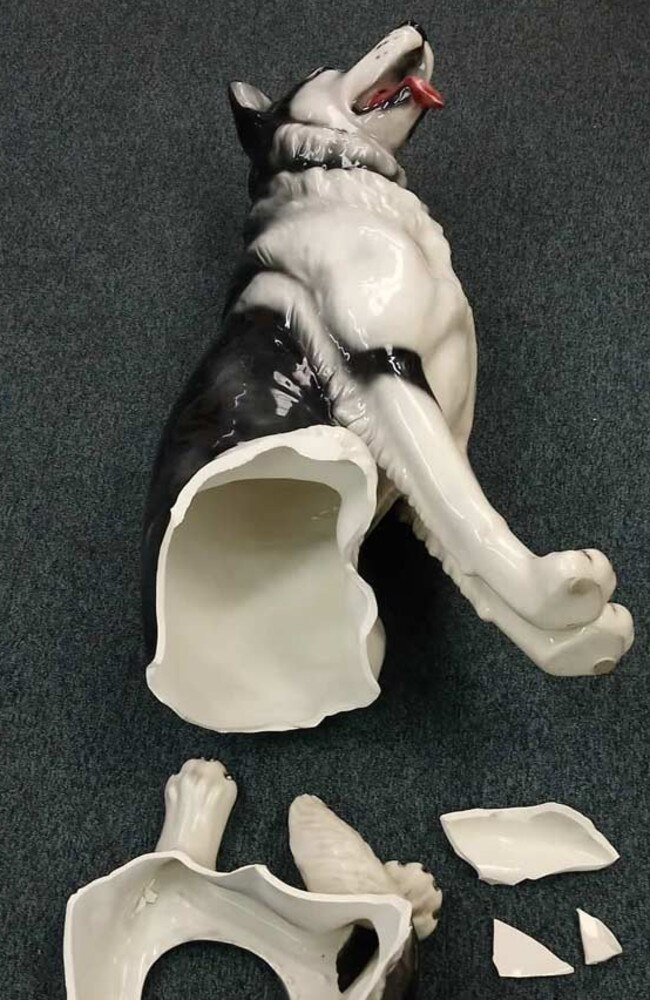
A broken porcelain figurine of a dog and part of a broken hat stand had blood on them and were in the room where Mr Meneely’s body was found.
Police found Mr Meneely’s head swathed in bedding materials secured with plastic hose and rope, his ankles were tied with an electrical cord and the melted remains of a nylon rope also indicated his arms and hands had been bound.
Brown was jailed for 11 years but appealed the conviction in 2007.
However, the court dismissed the appeal, finding the convictions for manslaughter and robbery were valid based on the evidence and the interpretation of the Criminal Code.
The appeal set a legal precedent for interpreting and applying certain sections of the Criminal Code regarding aiding and abetting offences, even though the case is not as widely known or cited as other landmark cases.
Gerard Baden-Clay
Real estate agent Gerard Baden-Clay was charged with his wife Allison’s murder and for interfering with her corpse, after being interviewed at Indooroopilly police station on June 13, 2012.
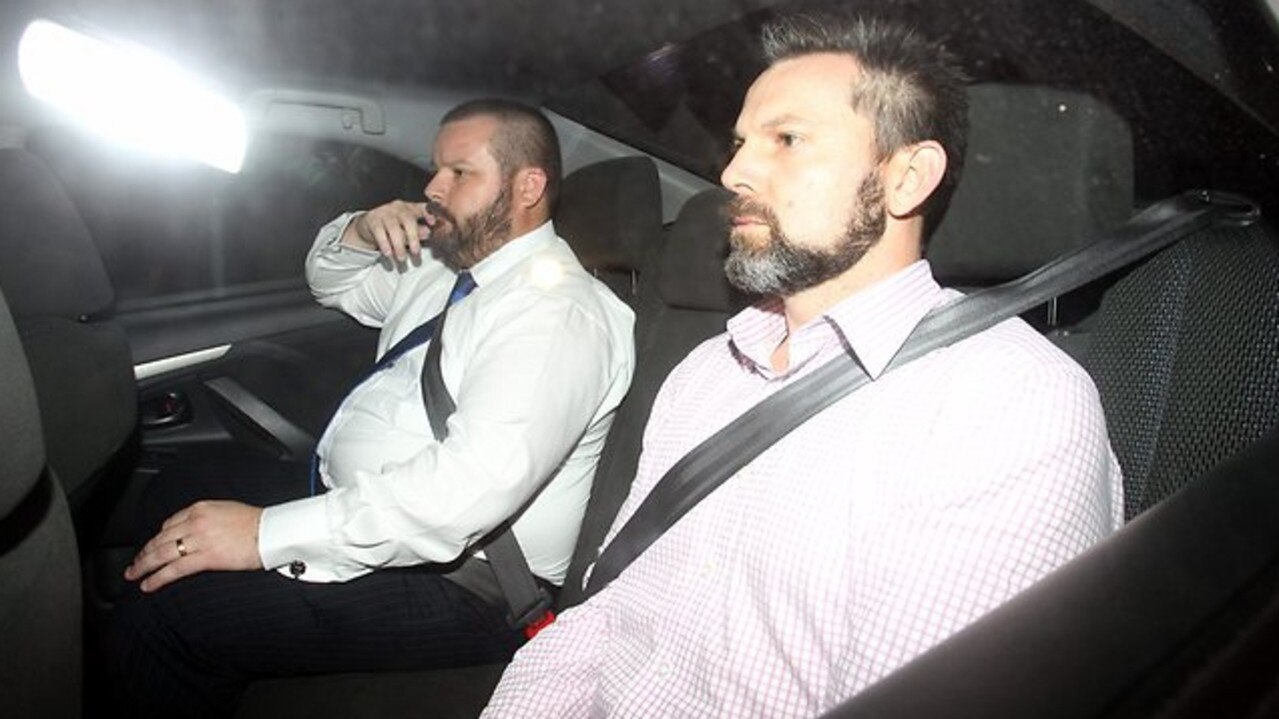
He maintained his innocence and said he would “be strenuously defending the charges”. His bail application was denied because Justice David Boddice said he posed a “significant flight risk”.
The murder trial began in the Brisbane Supreme Court in June 2014 and Baden-Clay pleaded not guilty to the charges before he was found guilty of murder the next month.
He was given a life sentence with a non-parole period of 15 years.
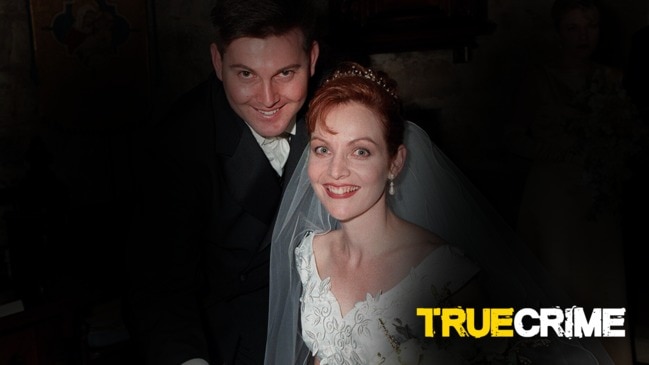
He appealed in August 2015. The Court of Appeal downgraded the murder charge. The Queensland Director of Public Prosecutions appealed the downgrade but the High Court reinstated the murder conviction.
Vincent O’Dempsey
Triple murderer Vincent O’Dempsey was convicted by a jury of the deprivation of liberty and murder of Barbara McCulkin and her two daughters, Vicki Maree and Barbara Leanne, in January 1974.
The victims’ disappearance from their Highgate Hill home was reported by the estranged husband and father two days later. Their remains have never been found.
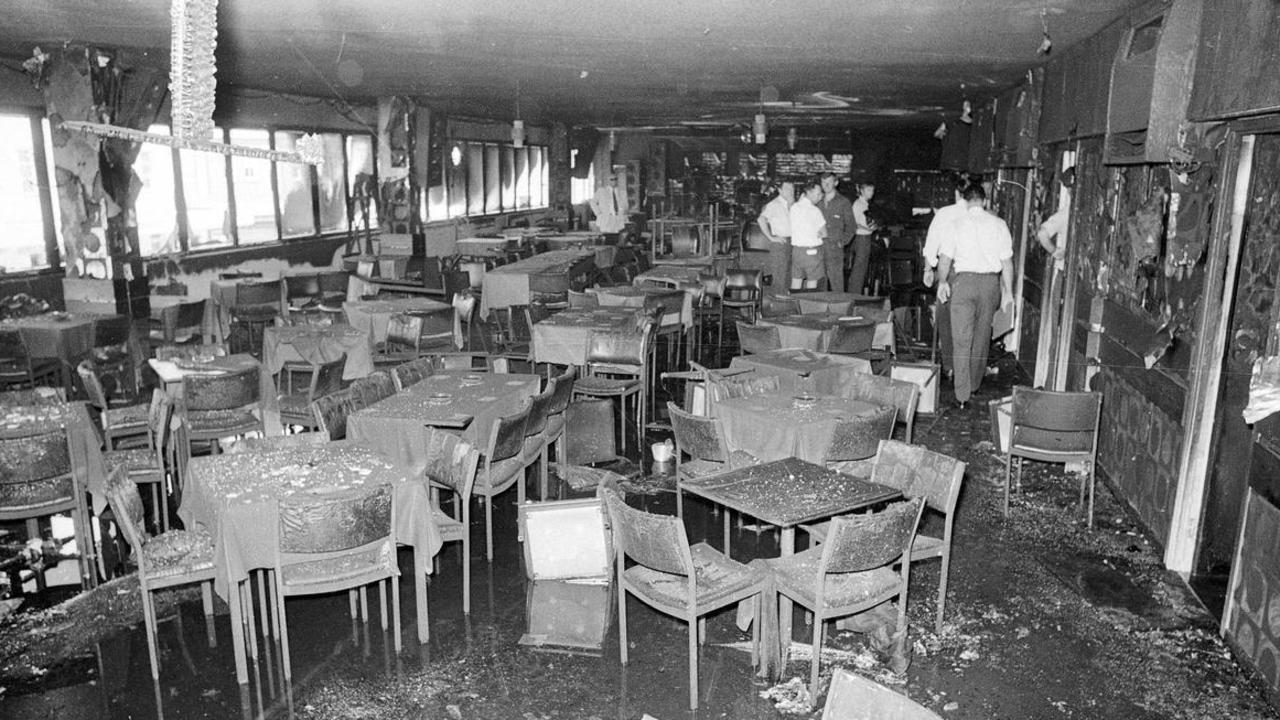
Investigations revealed an orange two-door Valiant Charger had been seen in the driveway.
O’Dempsey, the owner of the Charger, and his associate Garry Dubois, were charged with their abduction and murder in April 1980.
But there was insufficient evidence.
The pair was charged again after a tip-off to Crime Stoppers, in October 2014.
Dubois, then aged 69, was found guilty of the murders in November 2016, and O’Dempsey, then aged 78, was also found guilty of murder in May 2017.
Both were sentenced to life imprisonment on June 1, 2017.
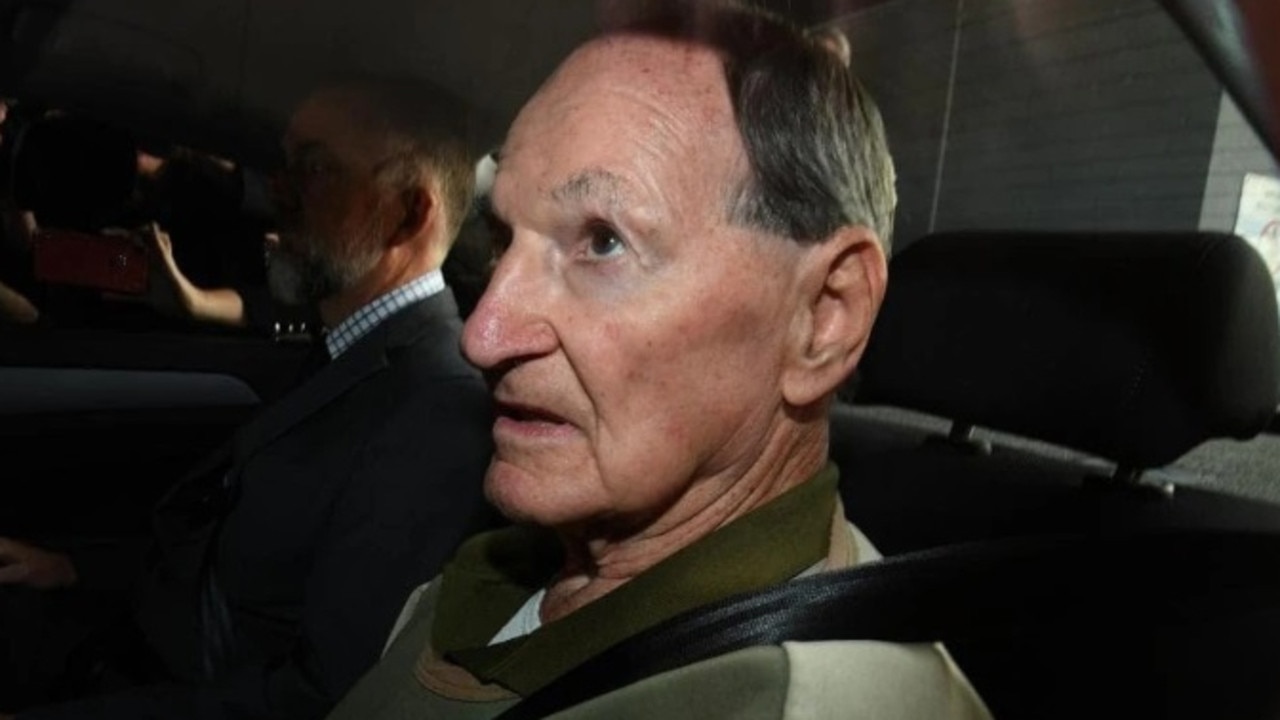
A day later, Queensland Attorney-General Yvette D’Ath reopened the coronial inquest into the March 1973 Whiskey Au Go Go firebombing, which occurred a month after the February 1973 firebombing of Torino’s Nightclub, an insurance scam allegedly organised by Dubois on O’Dempsey’s orders.
Justice Peter Applegarth said “it was clear Barbara McCulkin knew enough about each of the pair’s roles in the nightclub bombings at the time for them to want to silence her.”
In 2018, the Queensland Court of Appeal unanimously dismissed O’Dempsey’s appeal against all convictions, confirming the trial judge’s decisions and directions.
The case involved complex legal discussions related to evidence admissibility, jury instructions, and the assessment of circumstantial evidence.
Graham Stuart Stafford
Graham Stafford was convicted of murdering Leanne Holland, a 12-year-old girl from Goodna whose mutilated body was found in nearby Redbank Plains, three days after she was reported missing in 1991. Mr Stafford was sentenced to life in prison in March 1992. His conviction was set aside and a new trial ordered but the Director of Public Prosecutions found it was not in the public interest. He was released in June 2006.
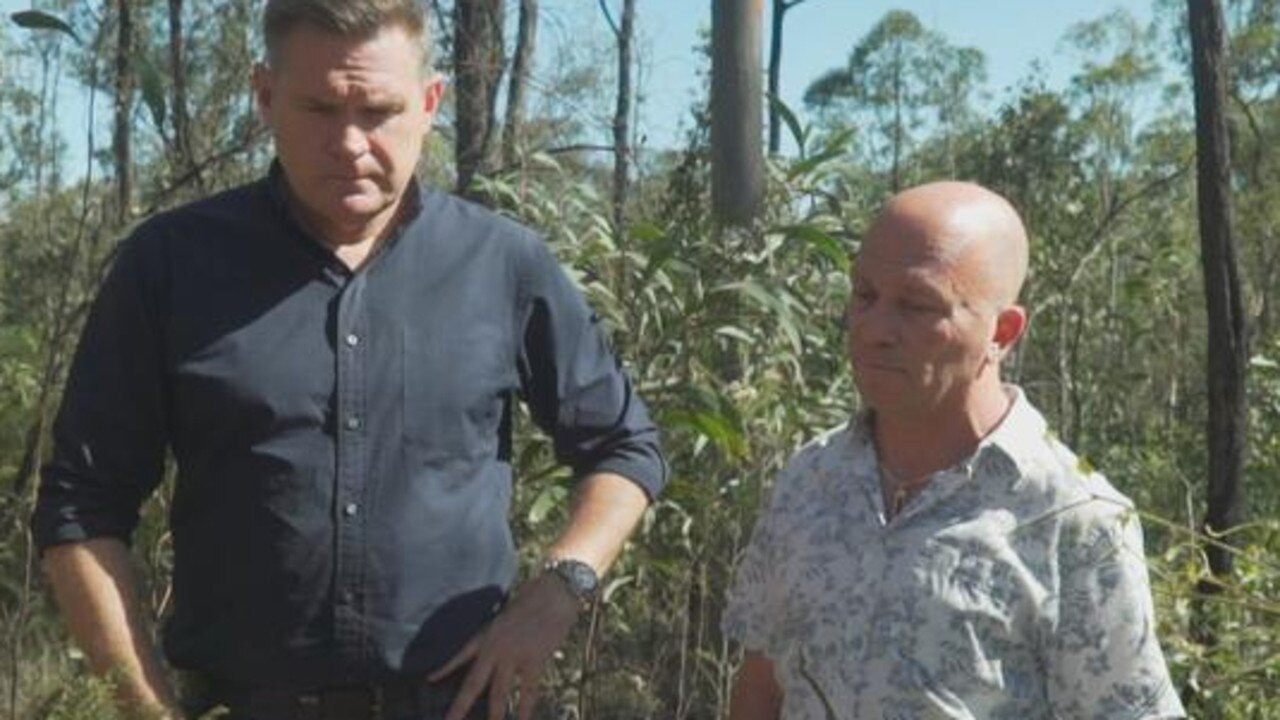
Leanne Holland was the younger sister of Mr Stafford’s former partner.
The case drew attention to issues of unreliable evidence, false confessions, and the potential for miscarriages of justice. As a result of the case, and others, there was increased public awareness about wrongful convictions and the need for safeguards such as improving the use of forensic evidence, enhancing the quality of police investigations, and ensuring fair legal proceedings. The case highlighted the importance of re-evaluating convictions when new evidence emerged. While not creating a new legal precedent, the case had a broader societal impact, contributing to discussions about legal reform.
Jayant Mukundray Patel
Jayant Patel was an Indian-born American surgeon practising at Bundaberg Base Hospital when he was accused of gross negligence. Deaths of patients led to complaints in 2005.
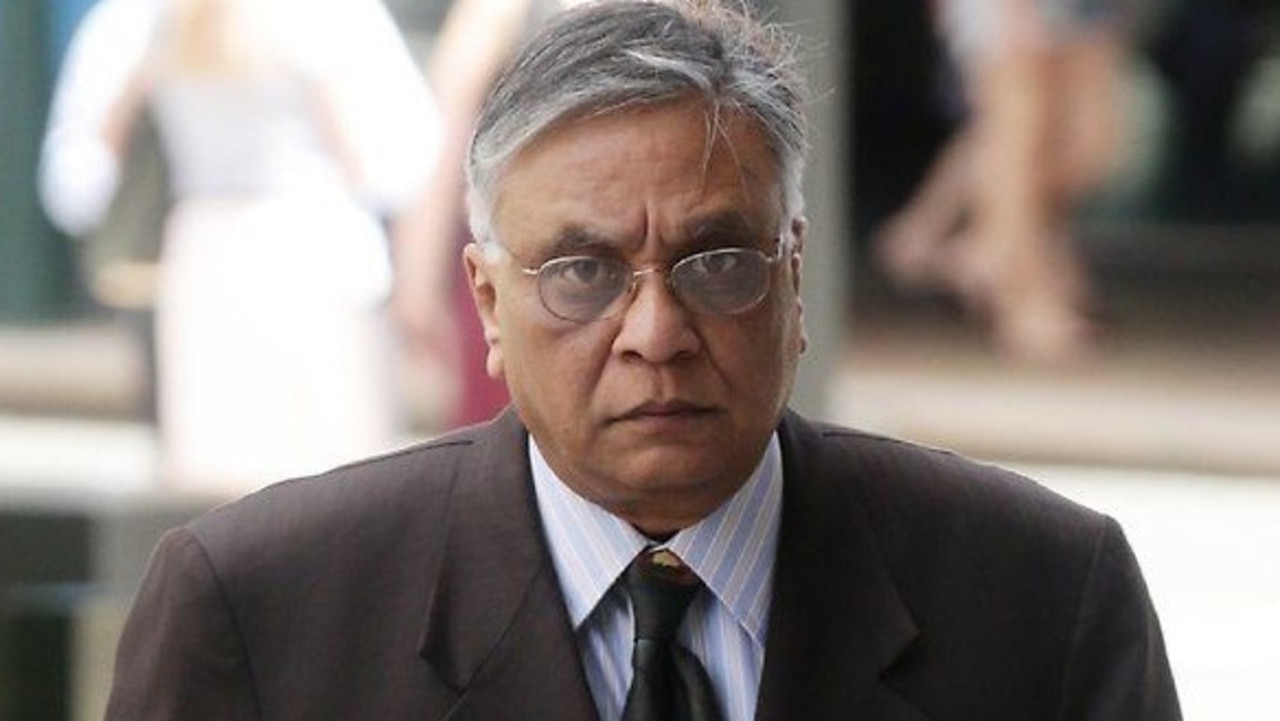
In June 2010, he was convicted of three counts of manslaughter and one case of grievous bodily harm, and sentenced to seven years’ imprisonment. Two appeals were rejected but in 2012 the High Court struck down the convictions and a retrial was ordered.
While the case did not establish a new legal principle, it shed light on medical negligence, potential patient harm, patient safety, medical regulation and criminal liability for medical professionals.
The trial underscored the need for strict adherence to medical standards and protocols and prompted healthcare institutions and regulatory bodies to review procedures.
David Jeffrey Miller
In 2012, David Jeffrey Miller was convicted of murdering his wife in Bundaberg after he hit her in the back of the head with a log splitter.
In 2016, Miller lost his bid to overturn his murder conviction after arguing that he killed his wife because they had a suicide pact.
He had pleaded not guilty to murder but guilty to manslaughter.
A judgment handed down in 2016 said evidence at trial showed Miller and his wife had been charged with drug offences and had discussed ending their lives.
Miller challenged his murder conviction in the Queensland Court of Appeal, saying the conviction was unreasonable and could not be supported by the evidence.
His lawyers argued he had a depressive illness and an impaired capacity to know that it was wrong to kill his wife.
It was also submitted that Miller’s wife said she would rather die than go to jail and would say: “I’m going to go and lie down. I don’t want to wake up in the morning.”
In the 2016 judgment, Queensland Court of Appeal Justice Philip Morrison said if there was a genuine suicide pact, Miller would not have driven away.
Justice Morrison also said it was open to the jury to dismiss Miller’s evidence during the trial.
The Court of Appeal dismissed the appeal against conviction. The court found that the jury’s verdict of guilt was reasonable and supported by the evidence presented in the case.
The case provided insight into the arguments presented but is not widely recognised as a precedent-setting case that significantly changed legal interpretation or application.
Robert John Fardon
The Supreme Court of Queensland reviewed Robert John Fardon, a person with a history of sexual offences and psychopathic traits and whether he should be released under supervision or remain in custody due to concerns about his potential to reoffend and the risk he posed.
The Attorney-General for the State of Queensland sought a review of a continuing detention order that had been issued under the Dangerous Prisoners (Sexual Offenders) Act 2003.

Fardon was aged 64 at the time, had a history of sexual offending aggravated by substance abuse and had been diagnosed with an anti-social personality disorder.
He had been detained under the Act multiple times since 2003, with periods of release on a supervision order.
After various legal proceedings, his detention order was reviewed, and his release considered.
Eventually, Fardon expressed his willingness to abide by a supervision order, engaged in counselling, and developed a relapse prevention plan to address risk factors.

Considering all the evidence, including Fardon’s psychological progress, willingness to engage in counselling, and preparedness to adhere to conditions under a supervision order, the court made the decision to release him from custody.
He was subjected to a supervision order until a specified date in 2018, which was intended to manage the risks associated with his release into the community.
The case was important in highlighting the indefinite detention of a person under the Dangerous Prisoners (Sexual Offenders) Act 2003 and the constitutional and human rights issues that it raised.
Gable Tostee
Gable Tostee was charged with and acquitted of the murder of Warriena Wright, a New Zealand tourist, who died at the Gold Coast on August 8, 2014, after the two met through the dating app Tinder.
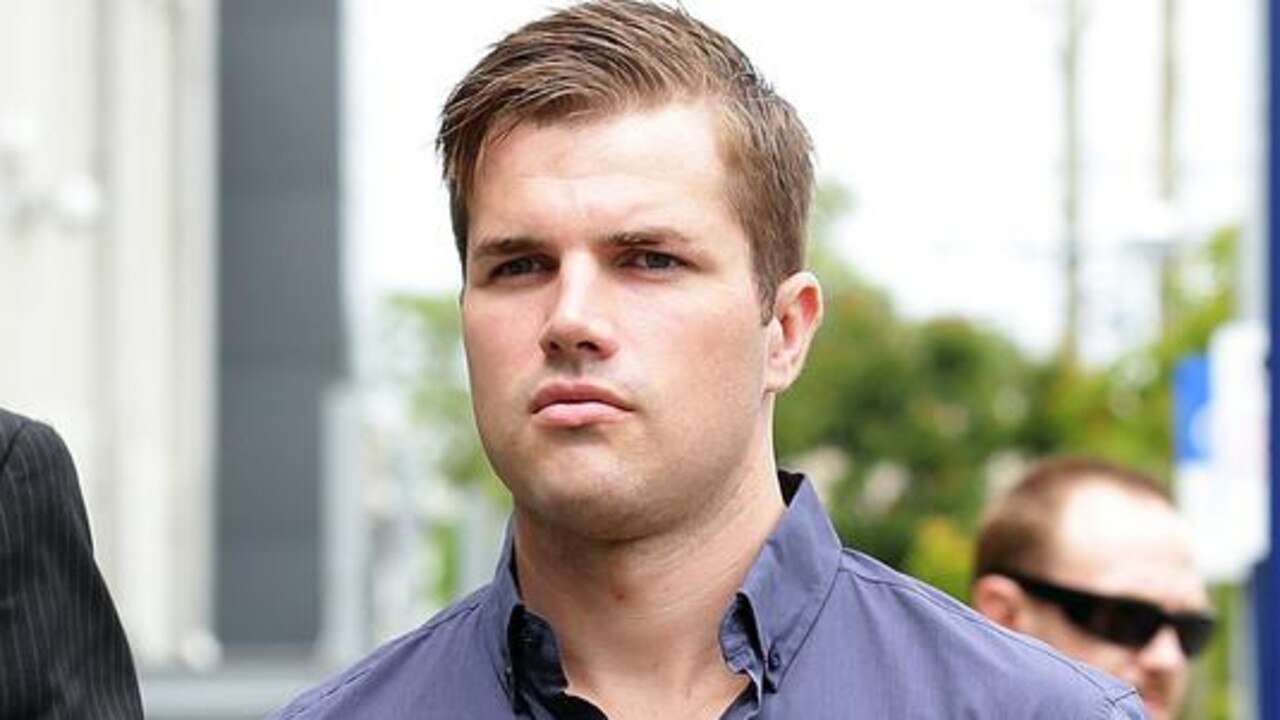
They were at Mr Tostee’s high-rise apartment when, according to evidence presented during the trial, an argument escalated between the pair, leading to a physical altercation.
Mr Tostee allegedly locked Wright out on his apartment’s balcony, leaving her stranded several stories above the ground. Wright attempted to climb down the balcony to escape but fell, resulting in her death.
Mr Tostee’s defence argued that he did not intend to harm Wright and that he locked her on the balcony to protect himself from her aggressive behaviour. The defence maintained that Mr Tostee acted in self-defence and did not forcibly push or cause Wright to fall.
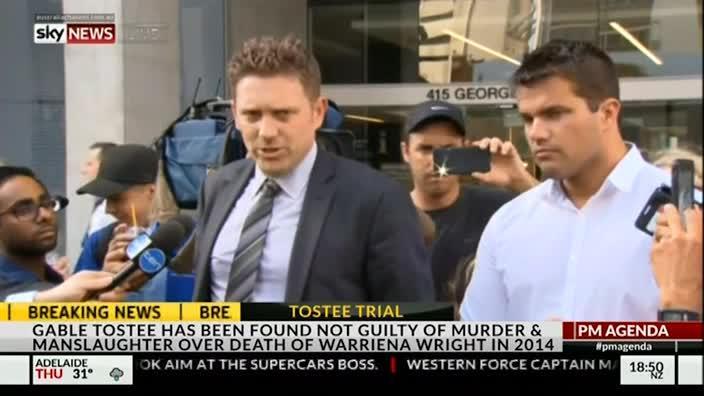
In October 2016, after a lengthy trial, the jury reached a verdict. Mr Tostee was acquitted of both murder and manslaughter charges. The case raised discussions about consent, self-defence, and the use of technology in legal proceedings, as Mr Tostee’s audio recordings provided a detailed account of the interactions leading up to the tragic event.
The case also highlighted the challenges of determining culpability and intent in situations involving private interactions and escalated conflicts. Despite Mr Tostee’s acquittal, the case remains a notable example of the complexities surrounding legal cases involving interpersonal relationships, technology, and the application of self-defence laws.
The events that transpired that night were primarily reconstructed through audio recordings made by Mr Tostee’s mobile phone, as well as security footage from his apartment building.
Max Sica
Brisbane man Max Sica was charged with the murders of the Singh siblings, Neelma, Kunal, and Sidhi Singh, in their family home on Brisbane’s northside in April 2003.
The bodies of the Singh siblings were found submerged in a bathtub in their home with all suffering multiple injuries. The police investigation led to Sica, a close family friend.
He was arrested and charged with three counts of murder. The prosecution alleged that he had a romantic interest in Neelma Singh, and the murders were motivated by jealousy and resentment.
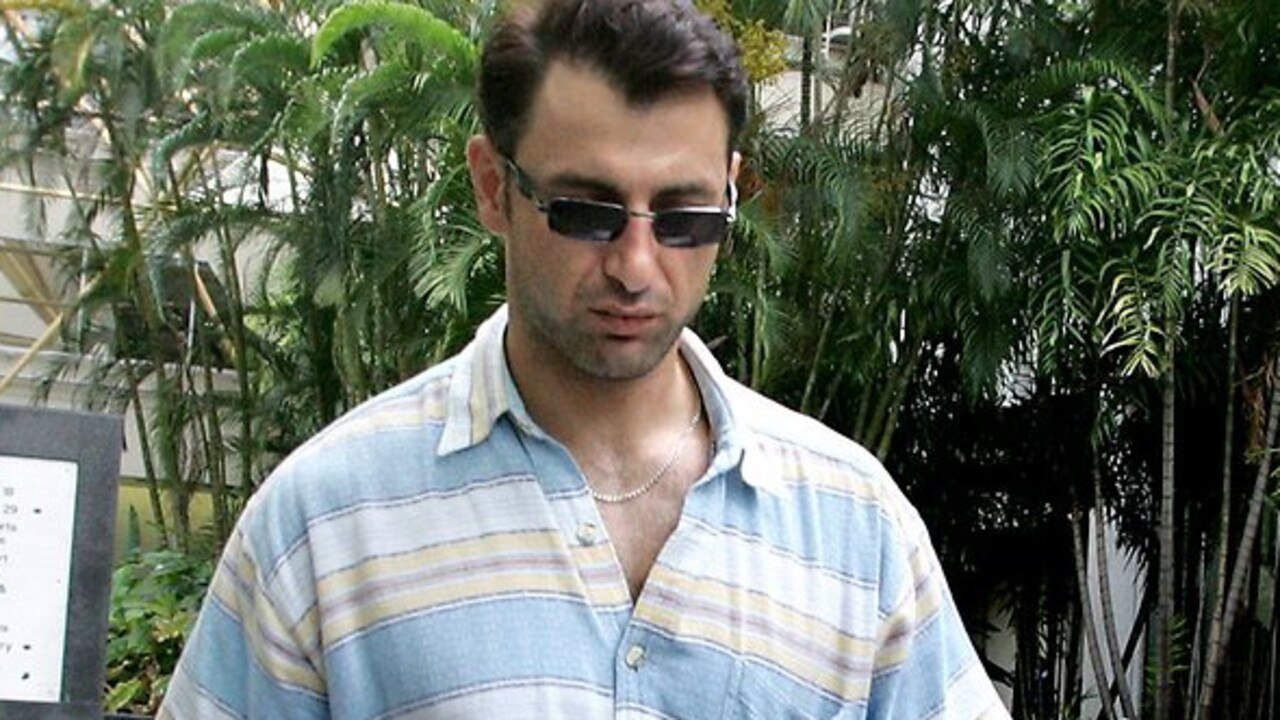
The trial, which began in 2011, involved extensive evidence related to the crime scene, forensic analysis, witness testimonies, and expert opinions.
Sica’s defence team argued that he was wrongly accused and that there was no concrete evidence linking him to the murders.
They questioned the reliability of the evidence and pointed to potential alternate suspects.
In July 2012, after a lengthy trial, Sica was found guilty on all three counts of murder.
He was sentenced to 35 years in prison, the highest non-parole period in Queensland history, and is not eligible to apply for parole during that time.
The prosecution used footprint morphology evidence to help convict him. This kind of evidence had never been used in Queensland.
The case was notable for its complexity and the amount of evidence presented, including forensic analyses of injuries and blood spatter patterns.
It did not set a binding legal precedent but it did highlight the challenges of presenting and evaluating complex forensic evidence in a murder trial.
It underscored the importance of thoroughly examining physical evidence, witness testimonies, and expert opinions to determine guilt or innocence.
The trial’s outcome demonstrated the need for comprehensive investigation, reliable evidence, and a thorough examination of the facts in order to reach a just verdict.
Brett Peter Cowan
Brett Peter Cowan was charged with murder, indecent treatment of a child under 16, and interfering with a corpse. The charges related to the alleged abduction, murder, and disposal of the body of a young boy named Daniel Morcombe in 2003.

The murder trial took place in 2014. Cowan was tried in the Supreme Court for the abduction and murder of the schoolboy and was found guilty of murder, indecent treatment of a child, and interfering with a corpse. He was subsequently sentenced to life imprisonment.
The case involved applications made by Cowan to exclude evidence of his admissions made to police and evidence related to his prior sexual misconduct with other individuals.
The court refused to exclude admissions made by the defendant to police and concluded that the information was made voluntarily and was not induced by threats, promises, intimidation, or undue pressure.
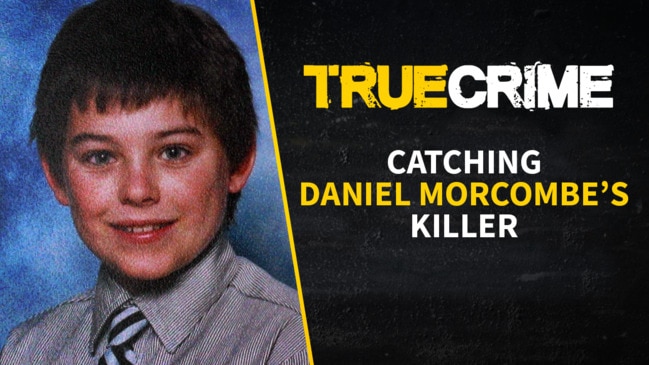
The application to exclude evidence of the defendant’s prior sexual misconduct with individuals referred to as A and B was also allowed. The court deemed that the prejudicial impact of admitting this evidence outweighed its probative value.
The case does not necessarily set a legal precedent however it can be seen as an illustration of legal principles controlling admissibility of confessions, voluntariness of statements, and the assessment of evidence in criminal trials. These principles were applied to the specific details of Cowan’s case and could serve as a reference for similar cases.
Rowan Baxter
The case of Rowan Charles Baxter was a shocking incident involving domestic violence and the murder of young mother Hannah Clarke and her three children in 2020. It was a highly publicised case.
Baxter doused Ms Clarke, 31, and their three children – Aaliyah, six, Laianah, four, and Trey, three – in petrol and set their car alight.

Although the case did not set a binding legal precedent, it did bring significant attention to the issues of domestic violence, family law, and child protection.
It prompted discussions and calls for reform in domestic violence prevention, family law proceedings, support for victims, and law enforcement responses.
It may have also led to changes in legislation, policies, and procedures aimed at addressing and preventing domestic violence and enhancing the safety of victims.
More Coverage
Originally published as Murders, stabbings, fraud and arson: 14 cases that impacted Queensland’s legal fabric





